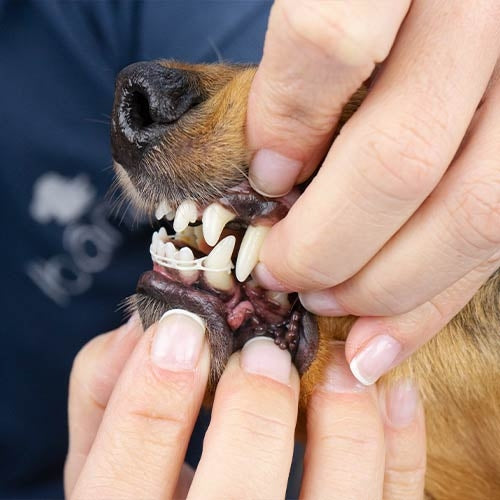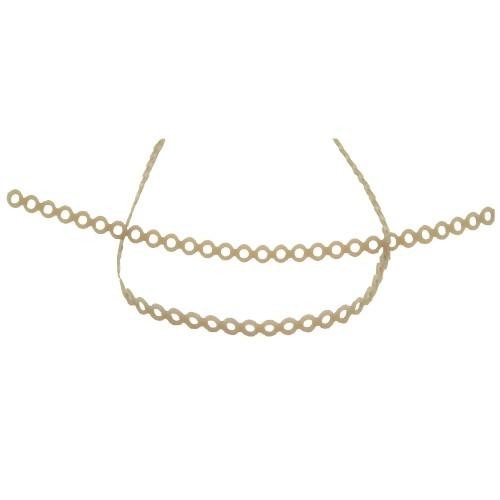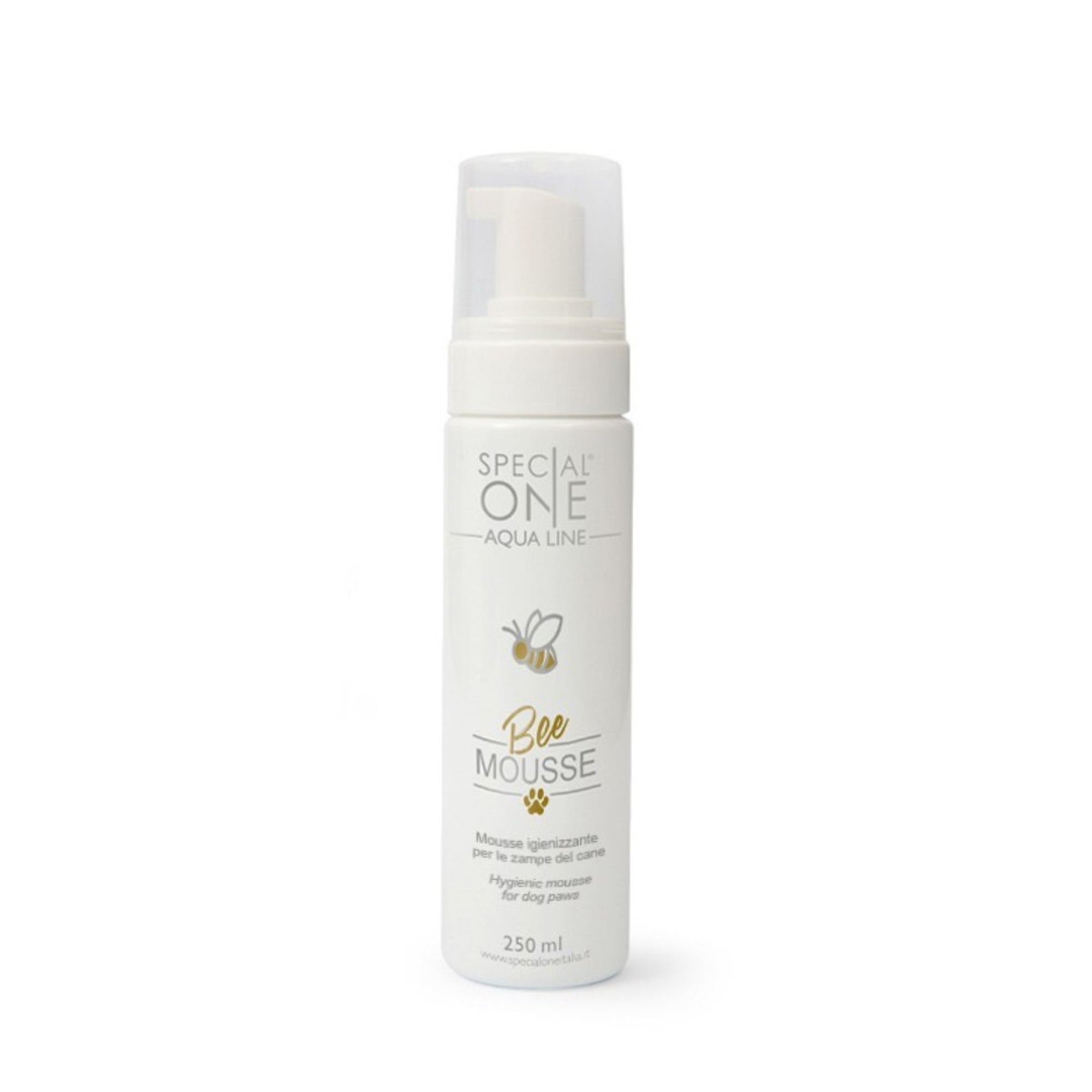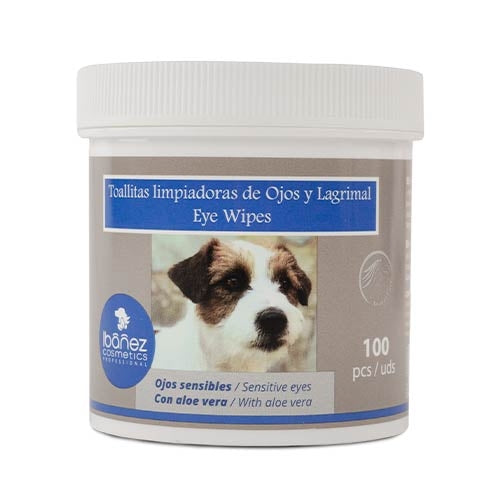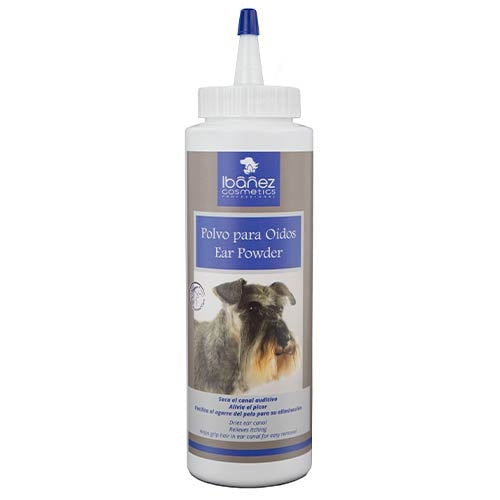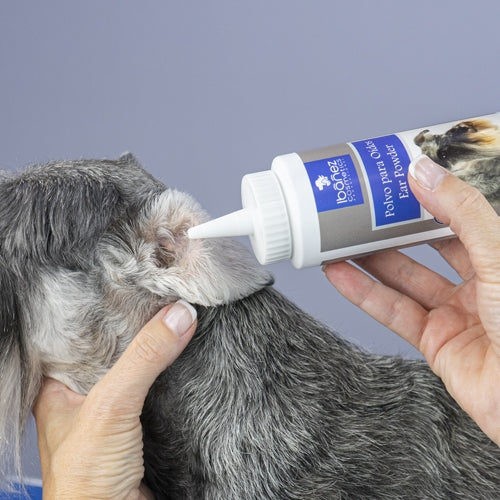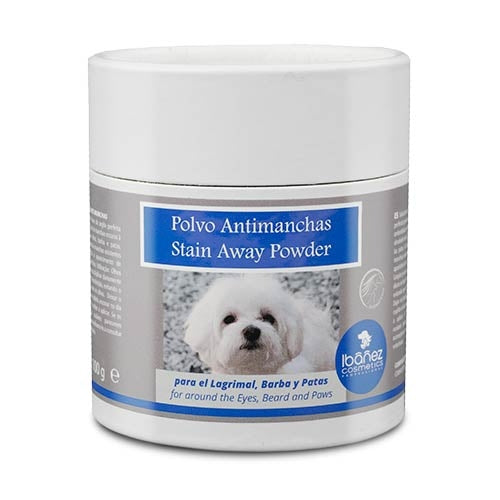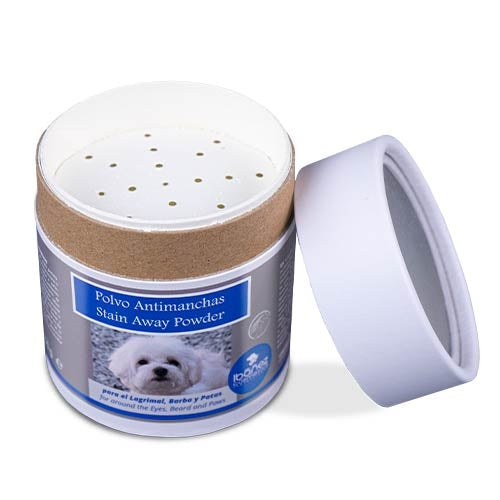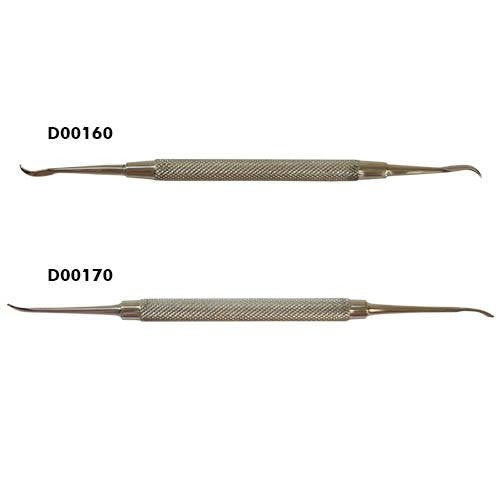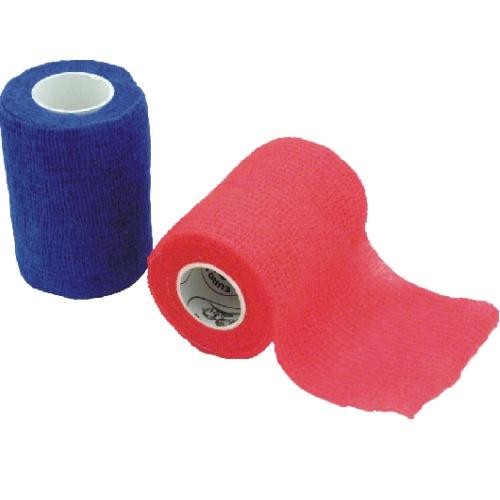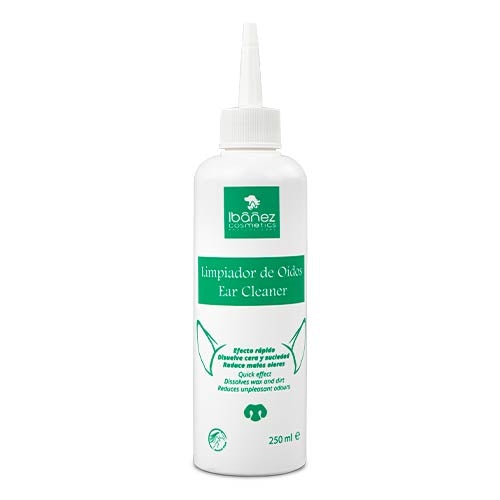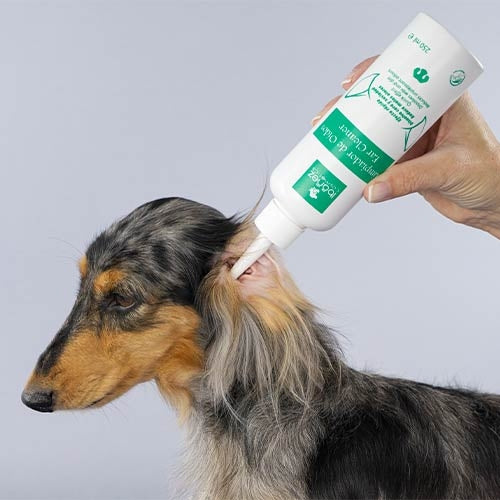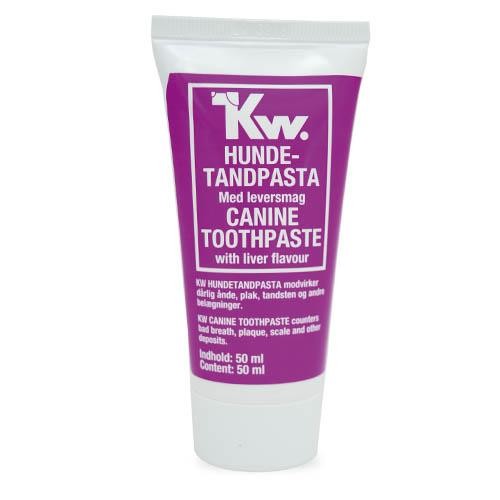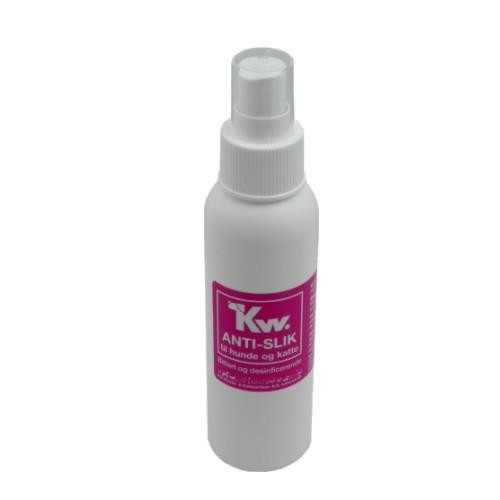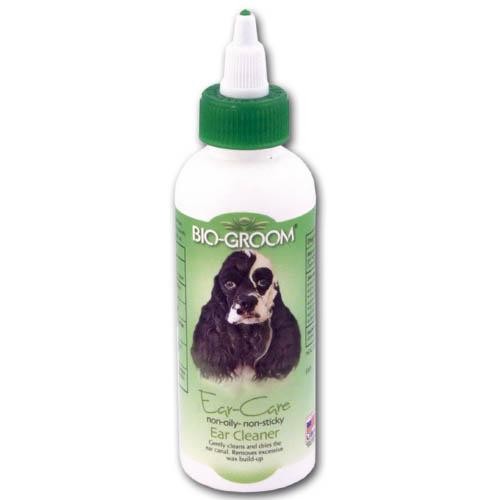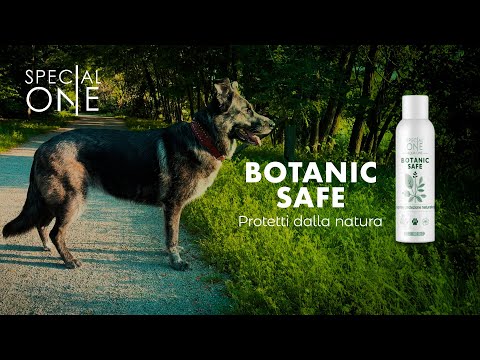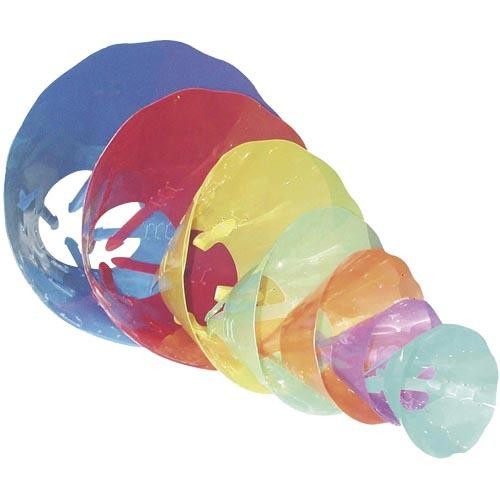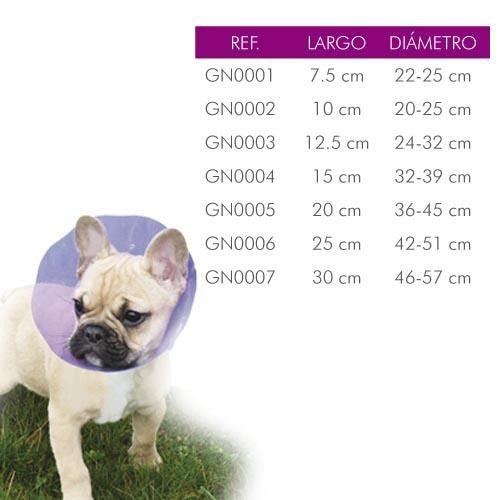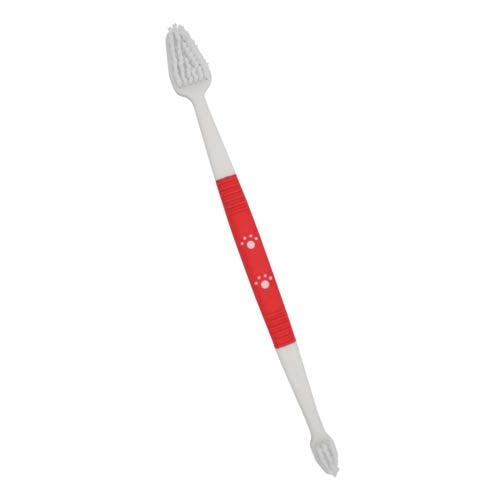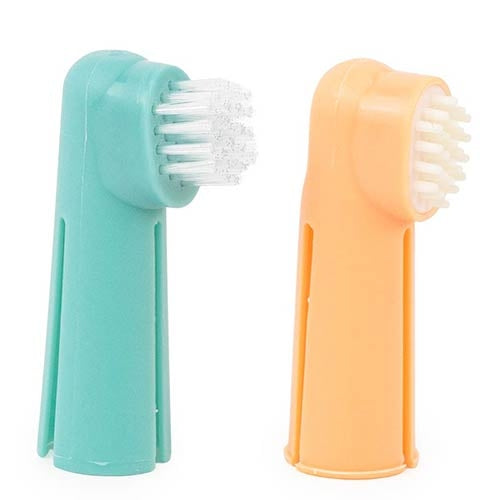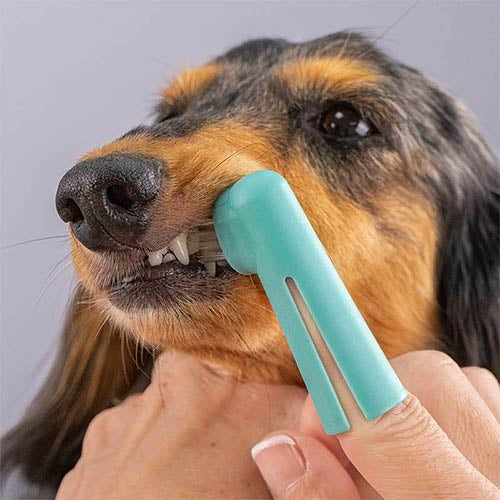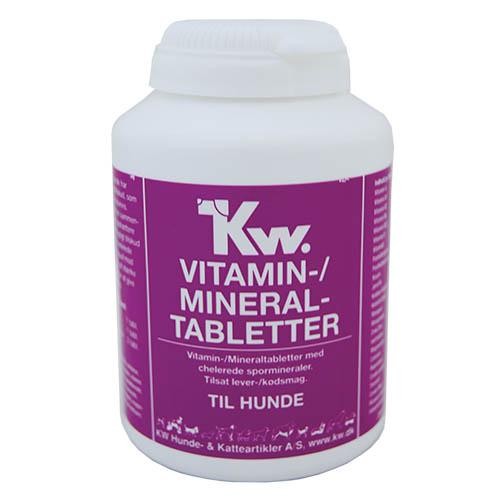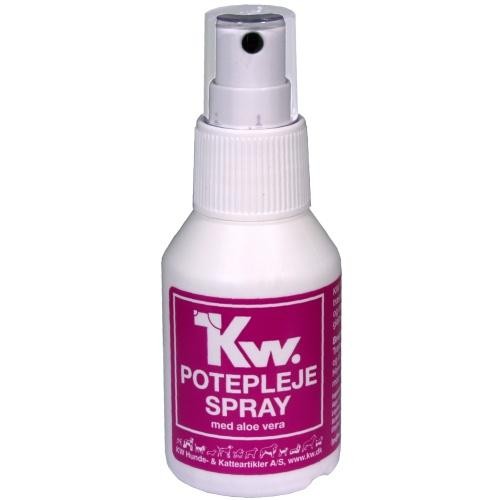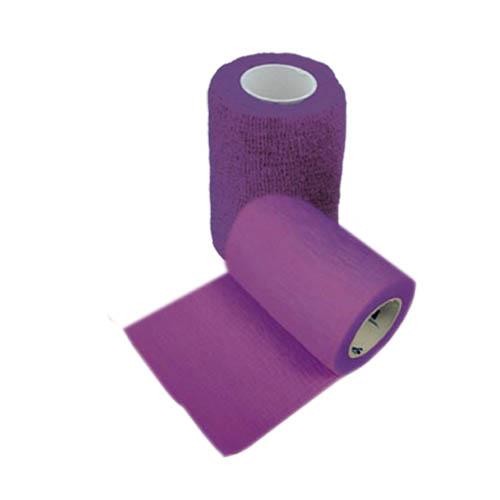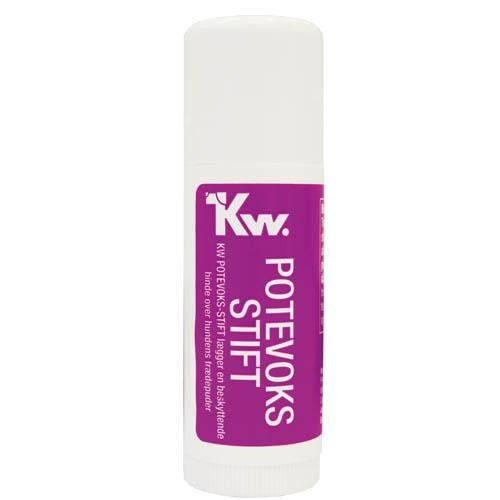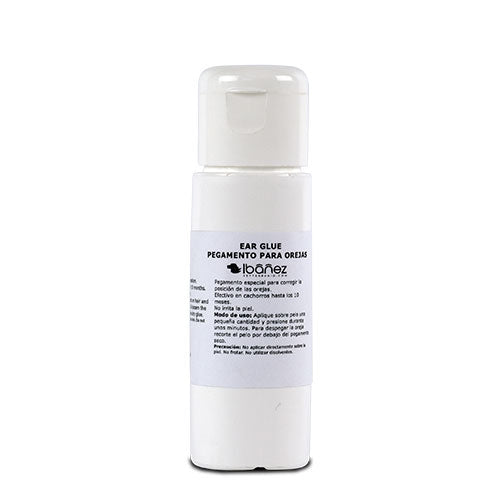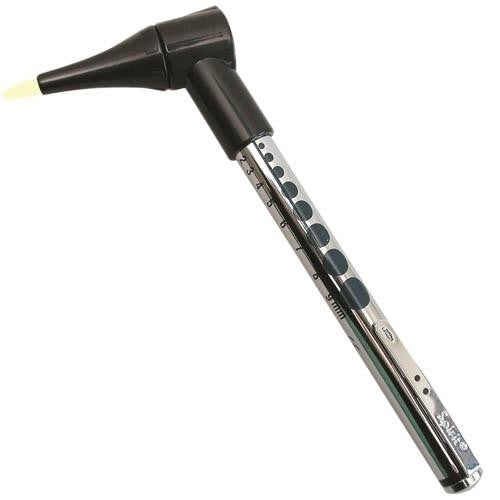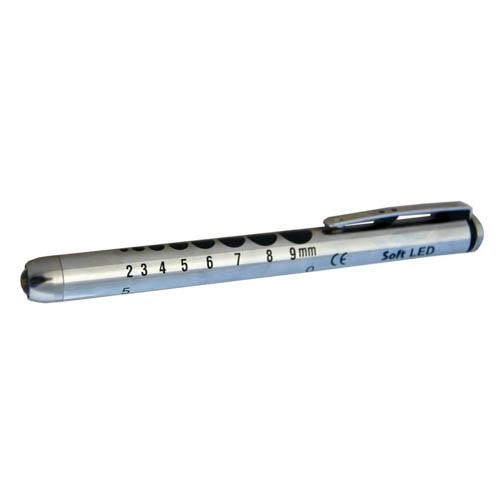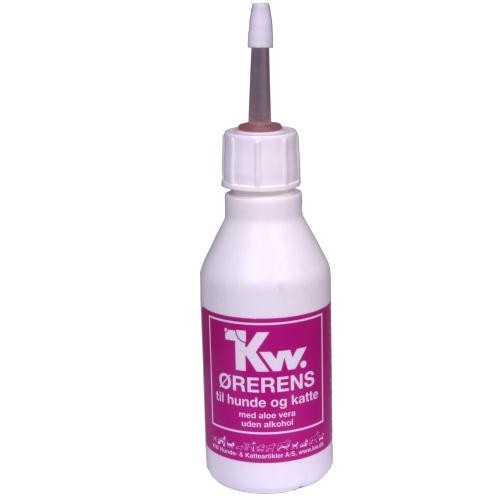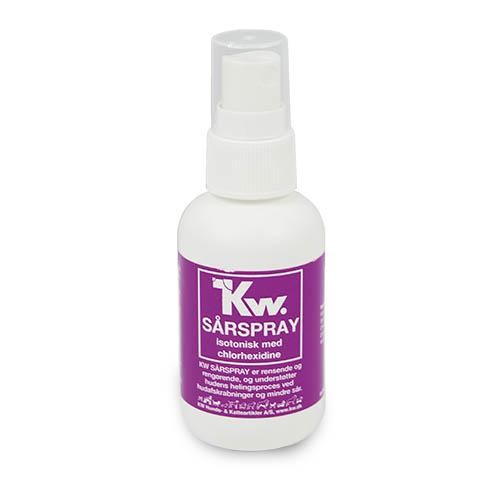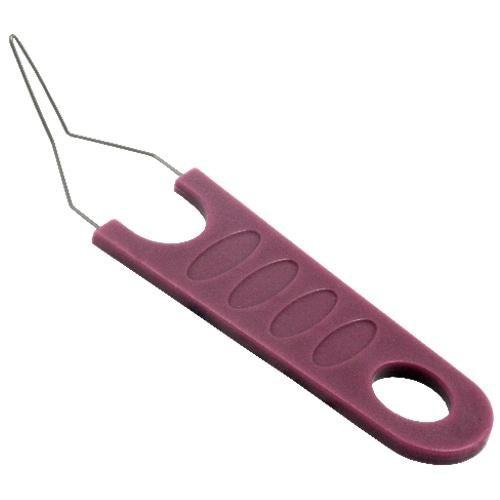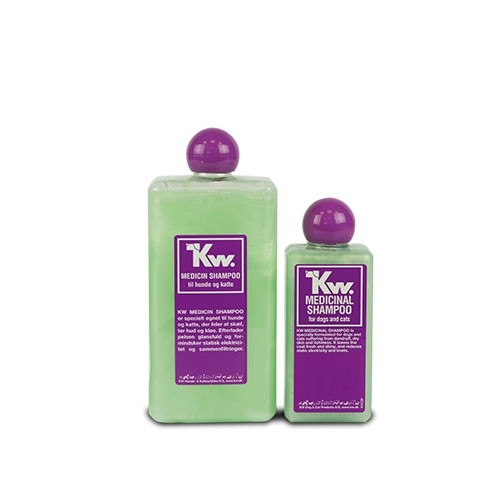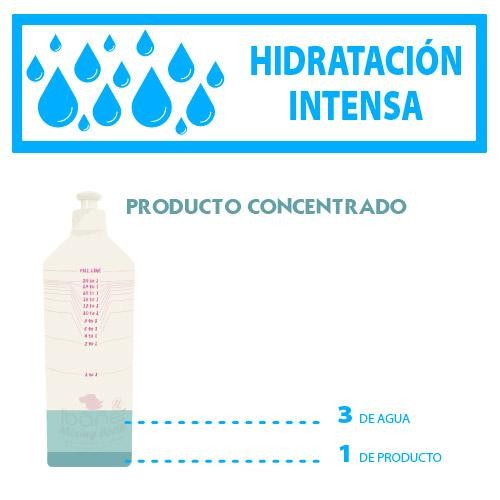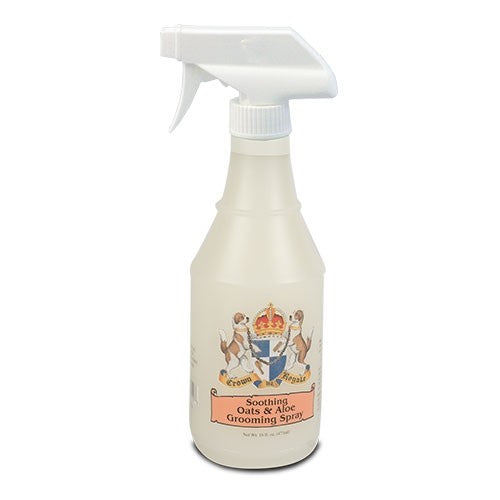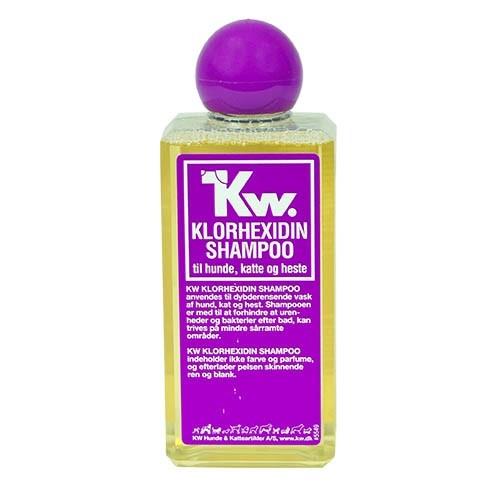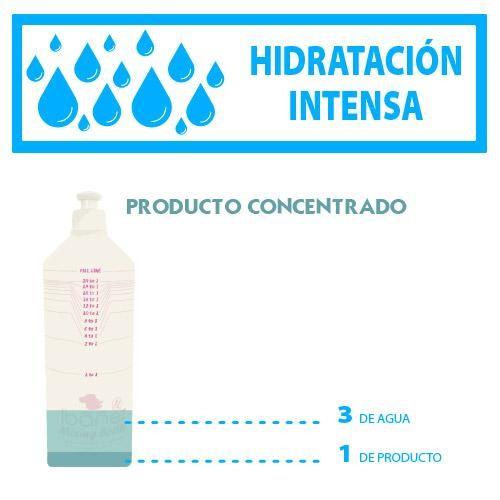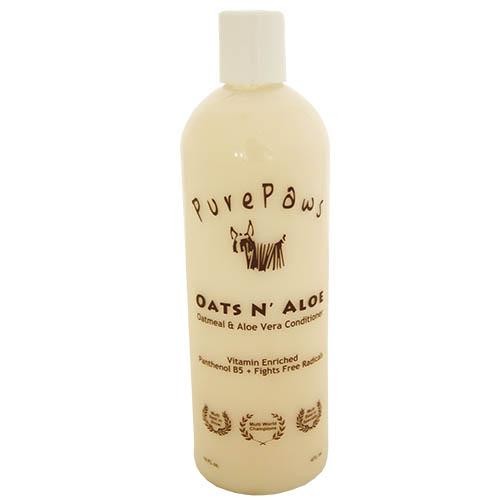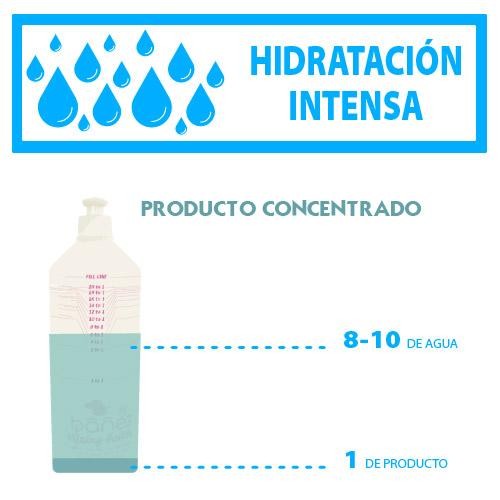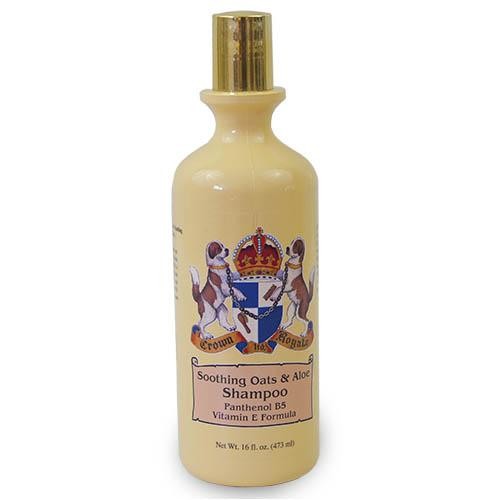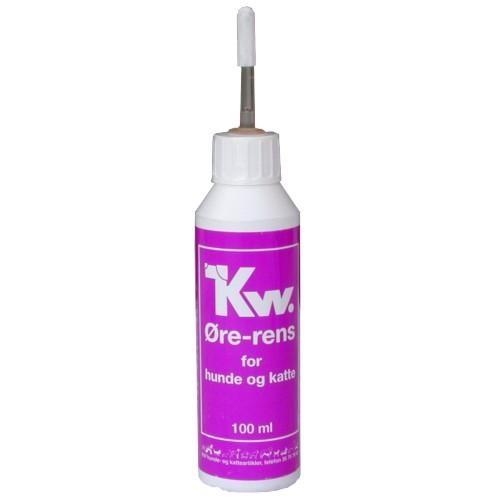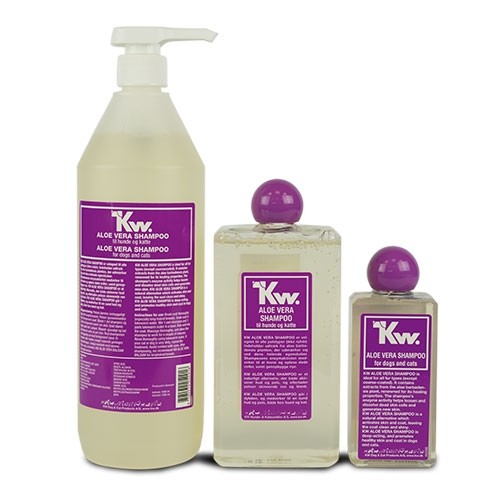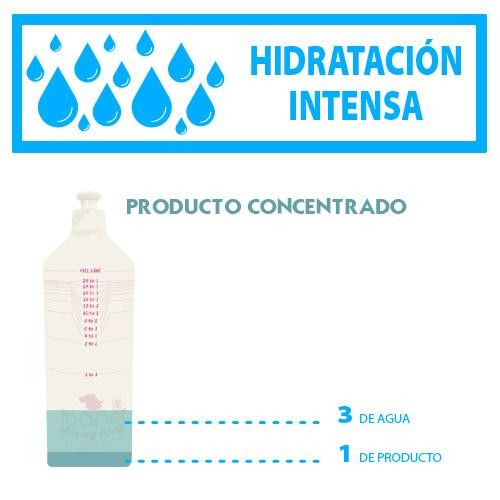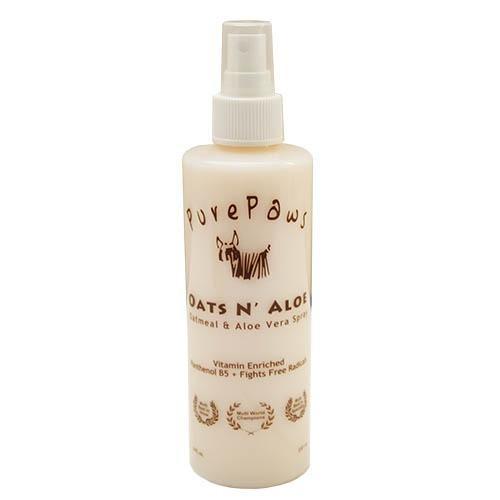Health
Regardless of their size, dogs need to go outside at least twice a day. For small breeds, three half-hour outings are sufficient; for large dogs, they should be much longer (around an hour). They allow the dog to meet its needs and let off steam. It is therefore necessary to be able to walk it in places without too much risk for it (far from traffic routes, for example) and where it is accepted without a leash. Every weekend, a long two-hour walk will allow the dog to really break his daily rhythm in parks or forests where he will meet a new environment and other congeners!
These exercises will obviously be modulated according to the age of the dog: a young puppy will require a lot of short outings while the elderly or sick dogs will be satisfied with hygienic walks twice a day. Upon return, the dog should be systematically inspected.
The legs
In summer, it is especially important to check that the pads have not been damaged by any stinging or cutting object (brambles, pieces of glass, etc.). It is also necessary to check that a spikelet has not sunk into the interdigitated spaces. Coming from grasses, and therefore most prairie plants, spikelets come in the form of microscopic harpoons that stuck into the tissues they encounter and create serious damage. In winter, if the dog has walked in snowy places, the risk of cracking of the pads is high because of the aggressiveness of the salts deposited on the roads. It is then necessary to rinse the legs with lukewarm water.
The ears
They are the favorite spot for spikelets. These must then be removed from the ear canal (if they have already arrived) with tweezers. This delicate maneuver is often painful, a visit to the veterinarian is essential in this case.
The coat
In summer, if the dog likes to bathe, it should be rinsed. Whether in a river or in seawater, particles settle on the dog's coat and can be irritating. Thorough rinsing eliminates these particles. The coat may be soiled with tar. It is therefore important not to try to remove it with petroleum products which are highly toxic. In fact, it suffices to coat the stains with vegetable oil and to have the dog take a bath after waiting a few minutes so that the oil dissolves the tar particles.
In winter, it is possible to cover the dog with a coat if it is too cold. However, most dogs can handle the rigors of winter quite well (apart from hairless dogs) and, if they are used to being covered, they will be less able to go out without a coat again.
Sort by
Filters


